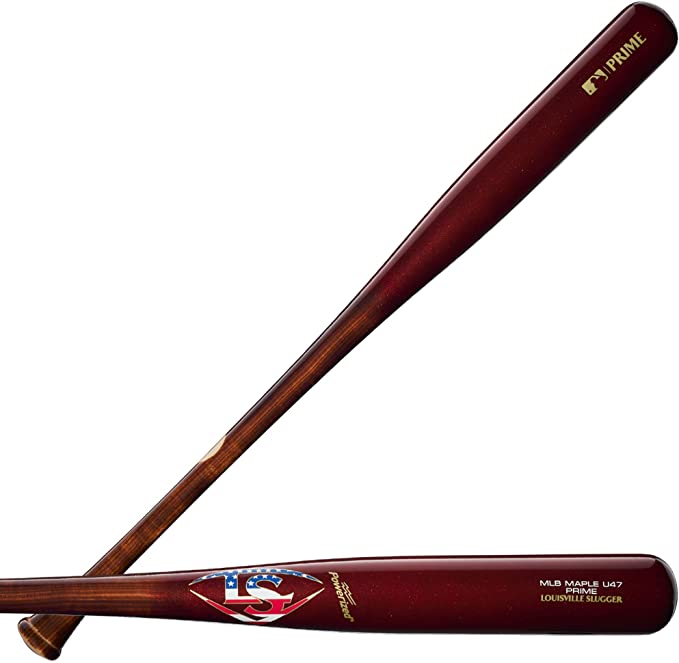For the most part, the NBA is about professional basketball athletes playing official league matches in authorized courts. But take a deeper look at this sports association and you’ll find the business side of the sport. One aspect of the NBA’s business aspect is the Stepien Rule.
The Stepien Rule denotes that no member of the association may trade a player during the first-round draft choice. Further, the traded player cannot be exchanged until said individual going through two consecutive future NBA drafts.
At first, this rule can sound confusing. But continue reading to know more about this decree and how it affects the NBA.
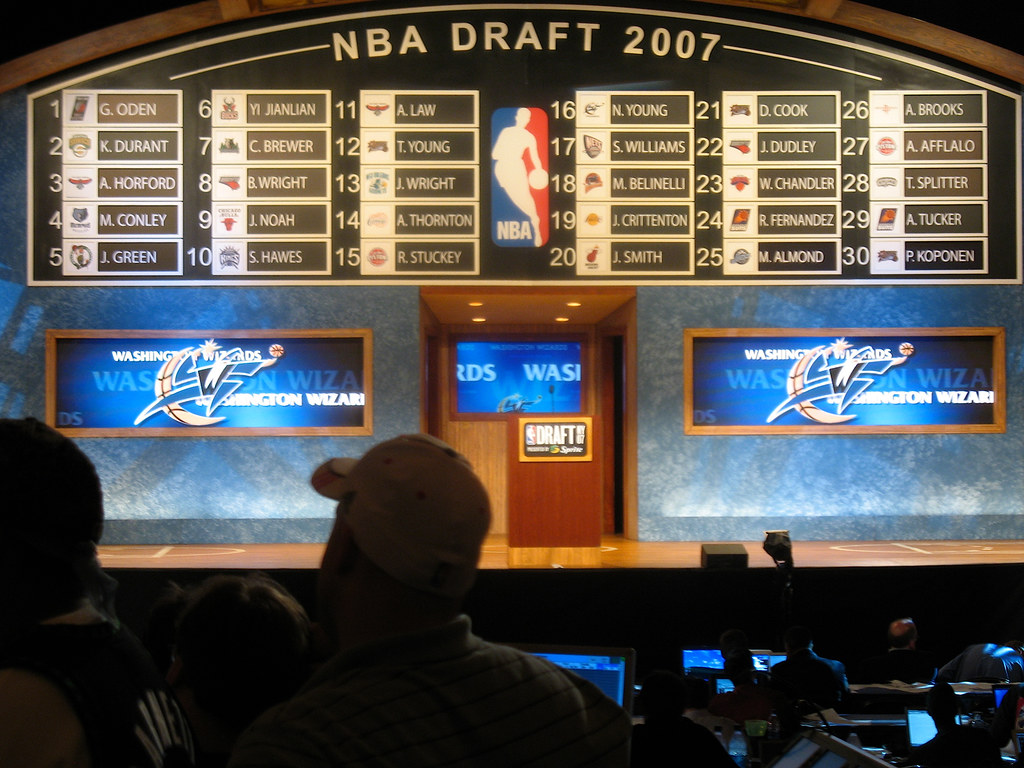
The Stepien Rule doesn’t seem to exist if you look at the NBA’s Collective Bargaining Agreement. Instead, it is in the NBA’s Constitution and By-Laws.
This rule is in Section 7 of the league’s By-Laws, which states:
How Does the Stepien Rule Work?
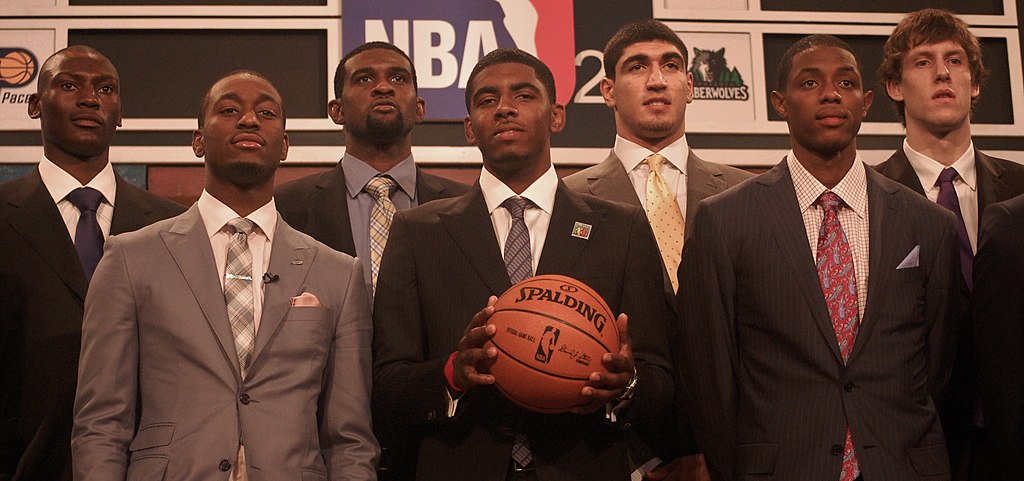
It can be difficult to understand the Stepien Rule after seeing it for the first time. It’s best to look at this legislation in chunks to understand it better.
First, this rule indicates ‘future NBA drafts,’ which means that it doesn’t look at the history of the player exchange. Therefore, accomplished trades will have little to no bearing on the Stepien Rule.
For example, the Chicago Bulls traded several players during the first-round picks. The team didn’t violate the rule since those transactions occurred after the draft. Further, the Stepien Rule will no longer apply to that specific year but it will apply to the drafts in the succeeding years. This guideline limits teams’ abilities to trade frequently, which can cause uproars within basketball communities.
Another example is when a team traded players during the first-round pick in 2019 because of an obligation in 2018. Therefore, that team can’t trade players until the 2018 draft concludes.
Two Consecutive Future NBA Drafts
Next, look into the last part of the rule which states ‘two (2) consecutive future NBA drafts.’ This phrase sets the structure and timeline of the regulation. Violations can occur if teams trade players before they can qualify for another exchange.
Without First-Round Picks
The text ‘without first-round picks’ garnered confusion and misconceptions in the professional basketball scene. Kindly note that the Stepien Rule doesn’t have a distinction between one team’s first-round picks over other teams’ selections in a specific period.
For example, the Los Angeles Lakers procured players from the Minnesota Timberwolves’ unprotected first-round pick in 2018. This exchange allowed the Lakers to trade one of its players to Brooklyn Nets. This transaction happened despite the Lakers already trading its 2019 first-round pick to the Miami Heat to acquire the traded player in the prior year.
These transactions left the Lakers without their first-round picks for two consecutive years. However, the Lakers didn’t violate the Stepien Rule because it isn’t specific with regards to which players a basketball team needs to own during these exchanges. The legislation only suggests satisfying enough requirements to gratify the rule.
The Word ‘May’
The word ‘may’ in the Stepien Rule is the most powerful term in the entire guideline.
Why does this single word matter a lot?
It’s because the words after ‘may’ encapsulates the ending of this particular NBA law. In detail, the rule says it ‘may be to leave the Member without first-round picks in any two (2) consecutive future NBA Drafts.’ Thus, any scenario that might violate the rule has the potential of happening.
Ex-Cleveland Cavaliers owner and businessman Ted Sapian created the complicated wordings of this rule due to form a structure for the league’s general managers.
Who is Ted Stepien?
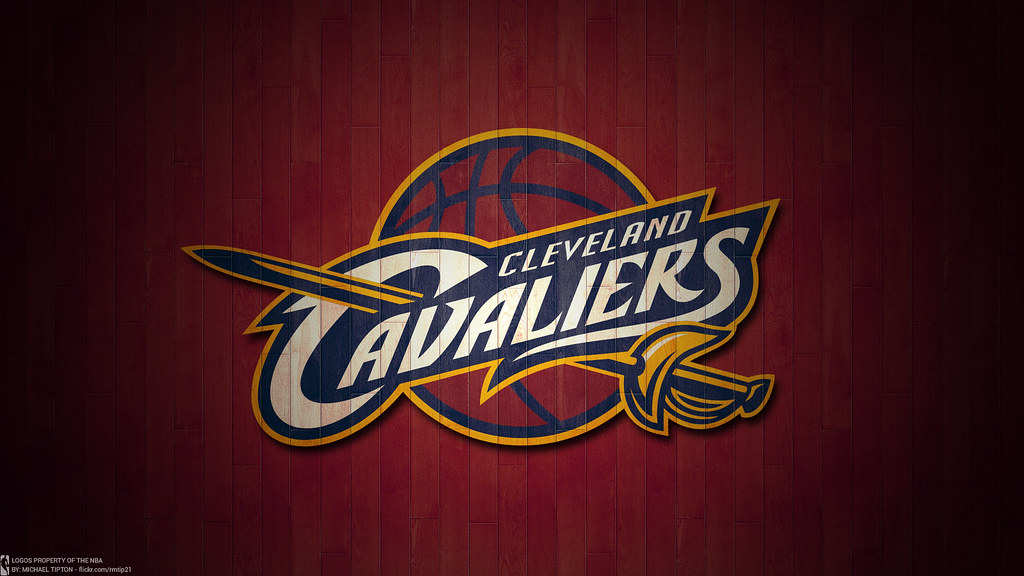
Born in Pittsburgh, Pennsylvania, Theodore ‘Ted’ Stepien is an American businessman who once owned the Cleveland Cavaliers. He was the owner of this team from 1980 to 1983. However, his time with the team was more infamous than reputable.
Despite being a known businessman, Stepien didn’t embody the traits of a good businessperson. He would make poor business decisions frequently. Further, he let go of famous commentators and team personnel. Additionally, the way he fired his ex-employees was by threatening them. Stepien’s time with the NBA wasn’t an enjoyable one for the league as he was also known for making racial comments about people of color in the association.
Coach Firing Spree

As the owner of the Cleveland Cavaliers in 1980, many folks, both basketball enthusiasts and official league staff, saw Stepien’s moves to be highly questionable. For instance, he fired the team’s head coach Stan Albeck, replacing him with Bill Musselman.
At first, the Cavaliers supported this decision to replace the Albeck as the ex-Cavs coach struggled in keeping up with the first season of that year. However, this move was only the first of many things that Stepien would do for the team, much to the dislike of the group’s various members.
Shortly after Albeck’s replacement, Stepien would eventually replace Musselman as well. This time, Musselman didn’t even last for one season before Stepien fired him. The next Cavs coach to take on the role was Don Delaney.
This time, Delaney lasted for 28 games in two seasons. But, once again, Stepien would fire Delaney as well.
This firing spree didn’t stop with Delaney as Stepien brought in the assistant coach of the Philadelphia 76ers (at that time) Chuck Daley. Daley lasted more than Delaney by surviving for 41 games with the Cavs. Ultimately, Stepien would still end up firing him. By the end of the three seasons, Stepien was able to let go of five coaches from the Cleveland Cavaliers.
Bad Trades
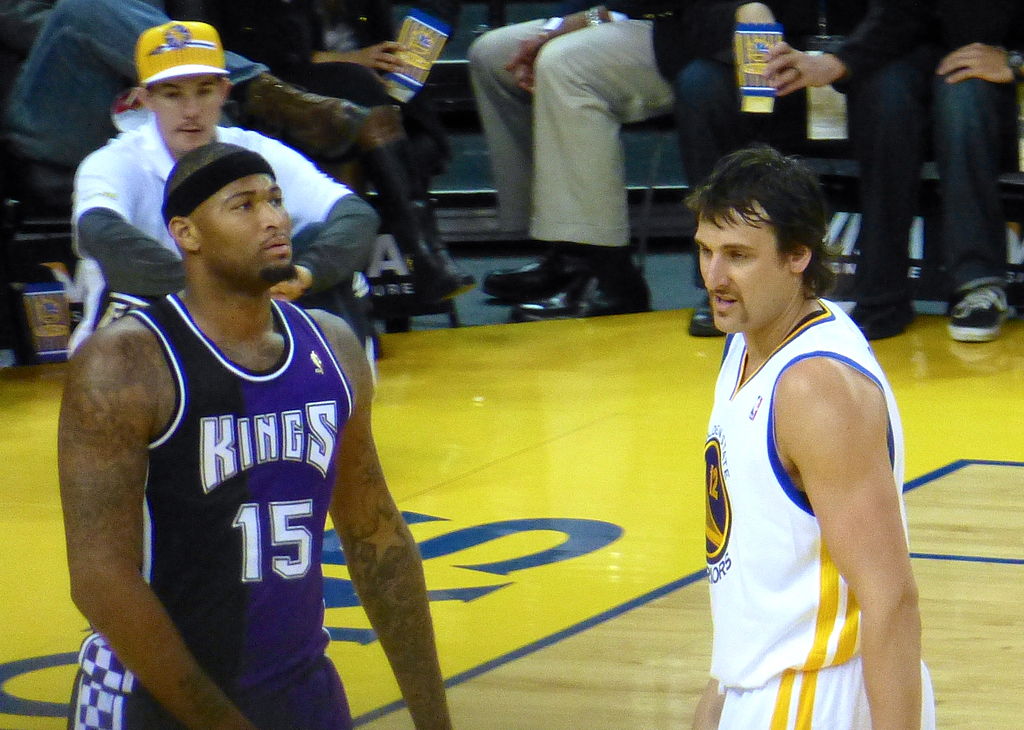
As if the Cavalier coach-firing extravaganza wasn’t bad enough, Stepien didn’t stop making bad business decisions for the team. He also made some particularly bad player exchanges during his time.
Stepien believed that he had a knack or special gift for predicting good trades. But, in the end, those transactions ended up with the Cavs doing worse.
For instance, in 1981, the team traded a 1984 first-rounder to the Dallas Mavericks for Mike Bratz. Although Bratz was a decent point guard, his skills weren’t good enough to bring the Cavs to the finals as the team only finished 5th in the NBA Central Division.
The trade with Bratz was only the beginning as the Cavs would also trade other superior talents to other teams. Almost every first-round pick was traded away in exchange for fairly decent talents throughout Stepien’s time as the owner.
These exchanges became so bad that NBA commissioner Larry O’Brien had to step into the scene. In 1981, the league froze the Cavaliers’ ability to trade draft picks. This move ought to give the Cavaliers a comeback from the team’s bad trades. Unfortunately, the team, specifically Stepien, rescinded the decision after the end of the 1981 to 1982 season.
Poor Salary Management

Stepien’s period as the Cavalier’s coach wasn’t a good time for the team, financially speaking. At times, Stepien would refuse his players to give the allotted per Diem pay. Some events were also found when the ex-coach’s checks bounced because of insufficient funds. This method of handling the team’s finances kept other players from seeing the Cavaliers to be a good place for them. The team lost $15 million during Stepien’s tenure.
Poor Attendance
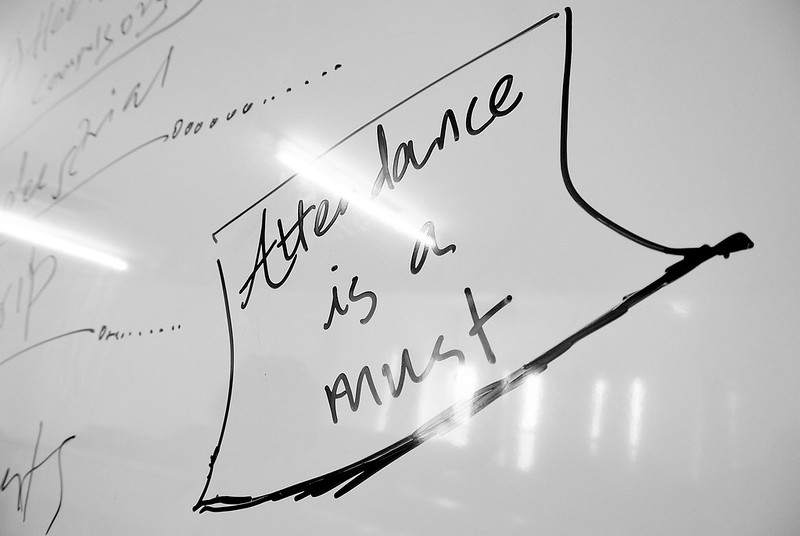
Player attendance dwindled as people grew wary of being with the Cavaliers because of Stepien’s rule. At one time, this ex-owner even wanted to change the name to Ohio Cavaliers. This move would allow the team’s playing portions to be near non-NBA locales, such as Cincinnati, Pittsburgh, and Toronto. Stepien even threatened the relocate the team to Toronto and change the name to Toronto Towers.
Final Words
Ted Stepien created the Stepien Rule to help structure the NBA’s managers. For the most part, this legislation works to allow players to get comfortable with new teams. Further, the rule prevented frequent trading, which can cause certain issues. However, Stepien’s reputation as an infamous owner also became the subject of doubt over this complicated rule.






